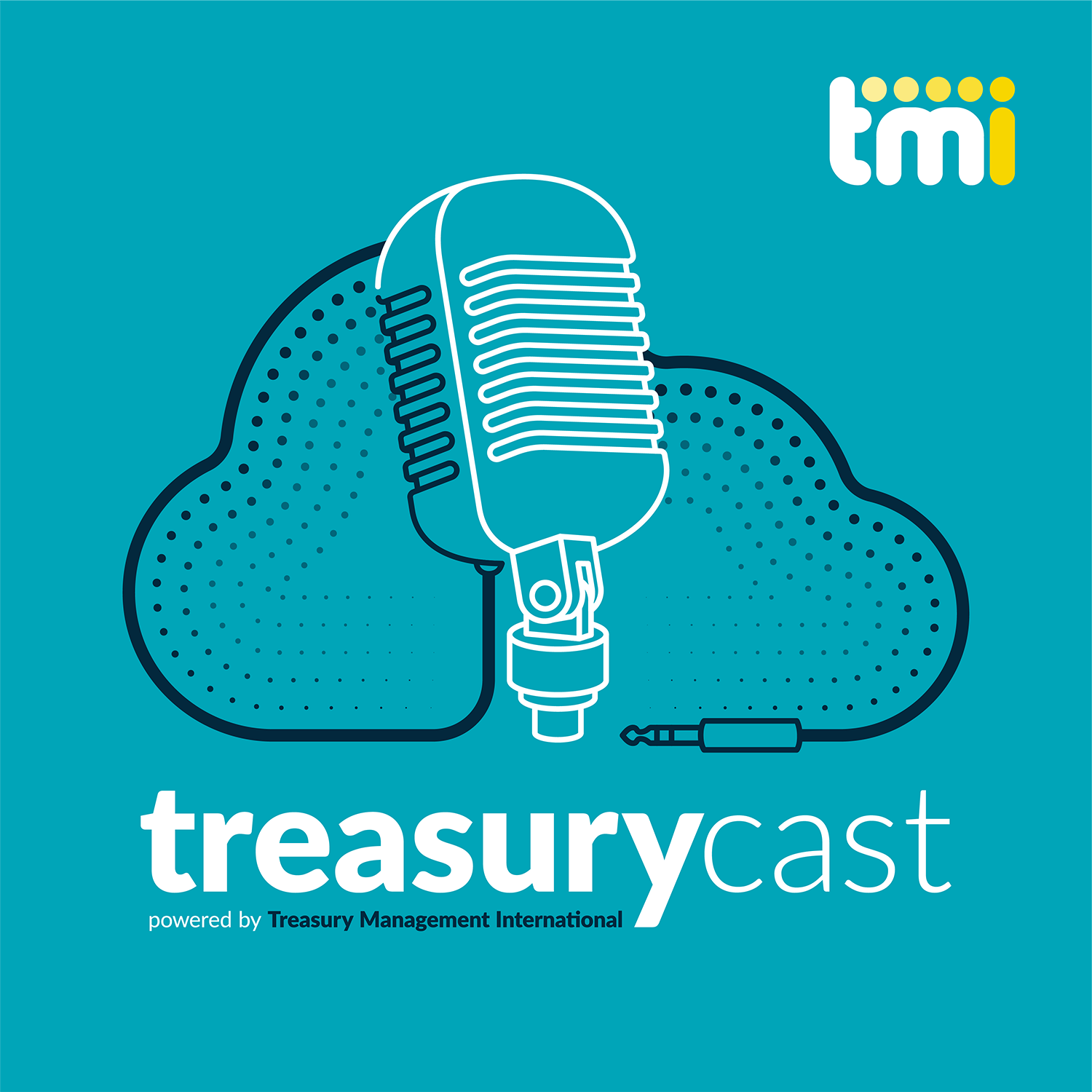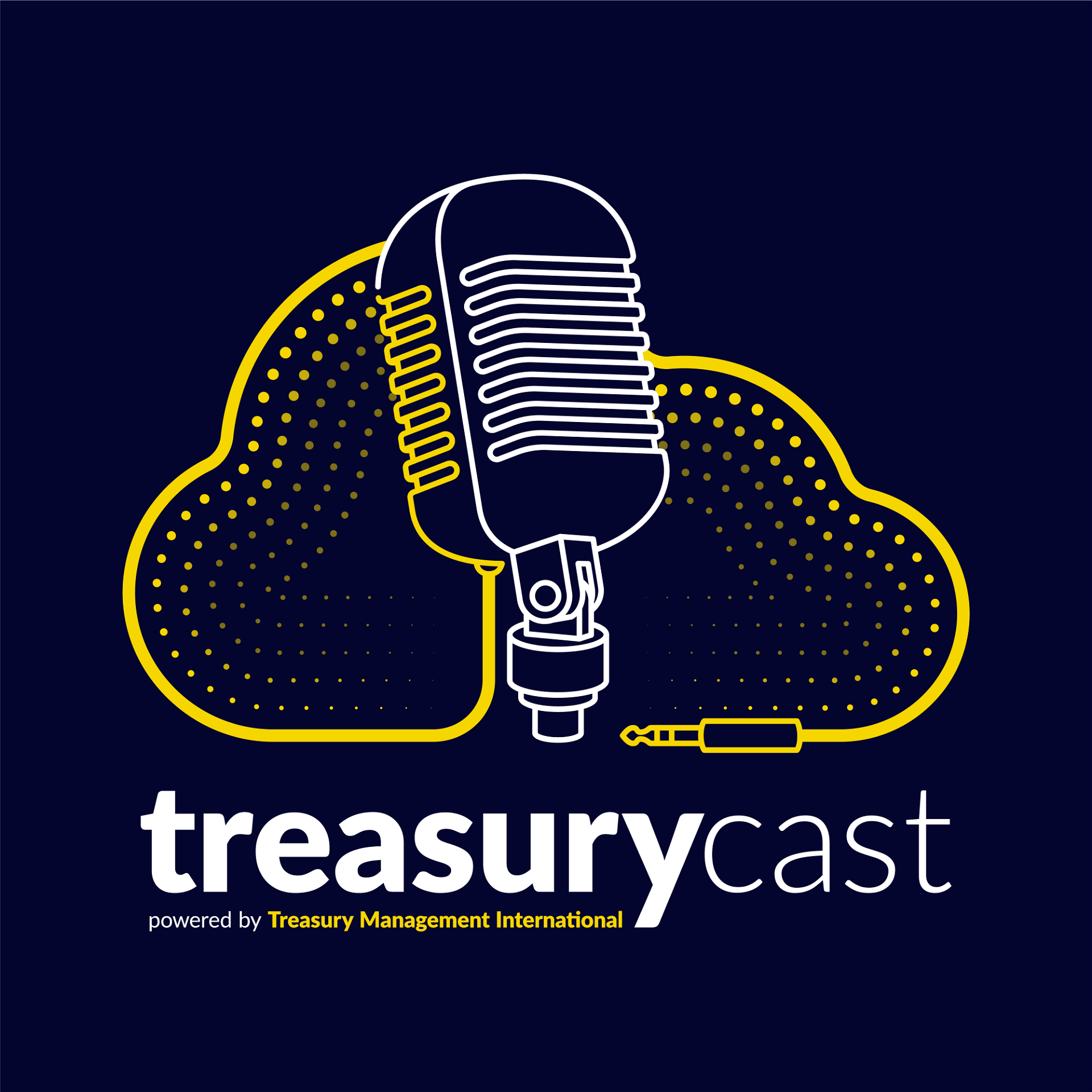- SWIFT’s RMB Tracker shows an 18% increase in RMB usage by financial institutions worldwide for payments with China and Hong Kong.
Brussels – Recent SWIFT data shows a double digit growth of RMB adoption by financial institutions established in all regions. In February 2016, 1,131 banks were using the RMB for payments with China and Hong Kong, representing 37% of all institutions exchanging payments with China and Hong Kong across all currencies. This is an 18% increase over the last two years. The majority of these institutions are located in Asia-Pacific (557), followed by Europe (376), the Americas (124) and then Africa and Middle East (74). Compared to February 2014, the strongest growth is seen in the Americas (+31%), followed by Asia-Pacific (+18%), Europe (+17%) and Africa – Middle East (+12%).
Recent SWIFT data also indicates that 24% of the offshore RMB payments done with China and Hong Kong are handled by Chinese banks with a global footprint, meaning Chinese banks that have offshore branches and/or subsidiaries.
“The global volume of payments in RMB fluctuates, and is actually down by value compared to last month, likely influenced by the seasonal effect of the Chinese New Year,” says Michael Moon, Head of Payments, Asia-Pacific at SWIFT. “The adoption of the currency by more financial institutions, within Asia-Pacific and abroad, is increasing the global utility of the currency for payments. However, as widely reported in the press, there are some concerns that growing constraints with making payments in RMB are slowing adoption rates. The days to make payments in RMB have grown to the largest levels in nearly 10 years. Fostering further global connections and endpoints could alleviate some of these constraints, yielding continued internationalisation of the Chinese currency.”
In February 2016, the RMB remains the fifth most active currency for global payments by value with a share of 1.76%. This represents a decrease of 27.5% compared to January 2016. Payments across all currencies decreased in value by 1.3% during the same period.





